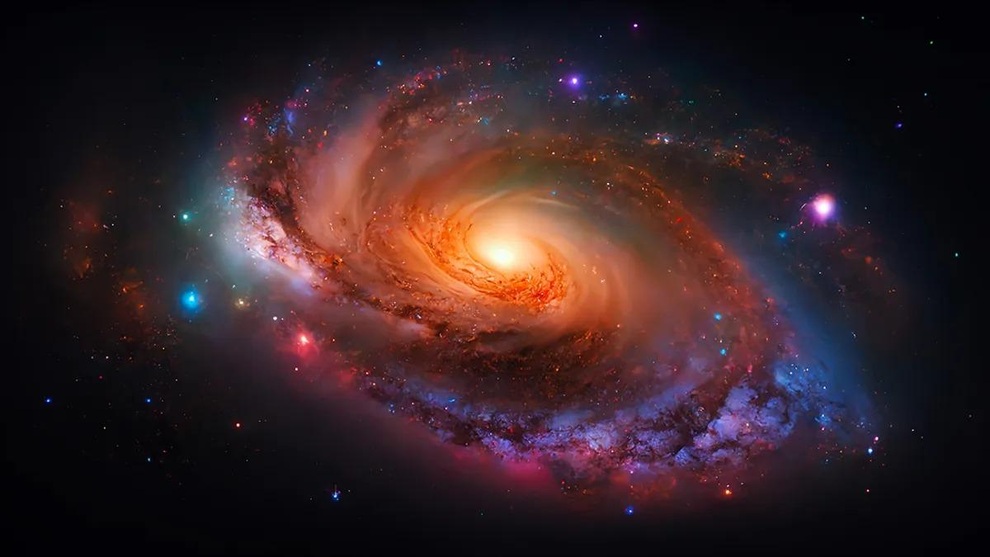The only known intelligent life currently exists around the Sun, a G-type main sequence star.
This is not surprising, because without the right conditions, we would not have been able to appear to observe the universe.
However, the Sun is not the most common type of star. In fact, M dwarfs make up 60-70% of all stars in the galaxy. This contradiction is at the heart of the "Red Sky Paradox."

The logical contradiction of the Copernican Principle
The Copernican Principle, the foundation of modern cosmology, holds that human experience is not an exception, but rather a reflection of the universality of the universe. Yet both the Earth and the Sun are exceptional cases.
We exist around a G-type star, while M dwarfs, also known as red dwarfs, are five times more common and have up to 20 times longer lifespans.
Furthermore, the process of star formation in the universe is predicted to last about 10 trillion years, but intelligent life only appeared in the first 0.1% of that time - something that raises big questions for astronomers about the location and prevalence of life in the universe.
Associate Professor David Kipping from Columbia University used Bayesian statistical modeling to analyze solutions to this paradox.
Rejecting the “Luck” Hypothesis
To explain this anomaly, David Kipping has developed three main hypotheses.
The first hypothesis suggests that stars with too small a mass, such as M dwarfs, cannot create intelligent beings capable of perceiving, thinking and analyzing the universe around them, and observing intelligently (like humans), because the physical conditions around them are not stable enough for life to develop. Science calls it the concept of "observer".
An “Observer” is a life form with intelligence high enough to be aware of itself and the universe, capable of collecting, analyzing and interpreting information about the world around it.
A second hypothesis proposes that life's “window of survival” may have been shortened by a catastrophic planetary event, making it difficult for civilizations to sustain themselves for long.
The final hypothesis is simpler: perhaps we are simply the result of chance in the vast universe.
However, when applying the Bayesian analysis method, Kipping strongly rejected the “luck” hypothesis with a Bayes factor of about 1,600 - a number considered to be almost decisive evidence, because normally a ratio above 100/1 is convincing enough.
This result shows that it is very difficult to explain our existence by mere coincidence.
Bleak conclusion: M dwarfs have no "observers"
After eliminating the element of chance, Kipping found that the most plausible explanation was a combination of the other two hypotheses. However, Kipping's favorite hypothesis was the "deserted M dwarf hypothesis".
This model, which assumes a habitable lifespan of 10 billion years for planets, excludes “all stars with masses below 0.34 solar masses” as stars that could develop intelligent life with 95.45% confidence.
Simply put, stars with a mass about one-third that of the Sun (which make up about two-thirds of the stars in the universe) are unlikely to produce intelligent observers.
"The proposed solution that low-mass stars do not evolve observers is the best explanation for our existence," Kipping concludes.
While life could still exist around these M dwarfs, without interstellar settlements, “M dwarfs would be very quiet places.” This finding suggests that, based on current data, the universe may be much more desolate than we once hoped.
